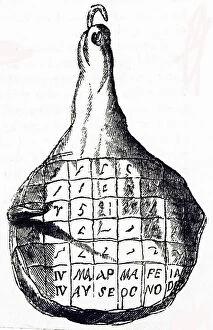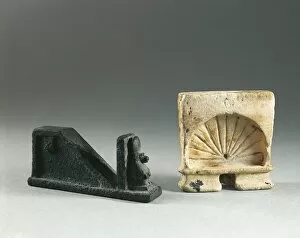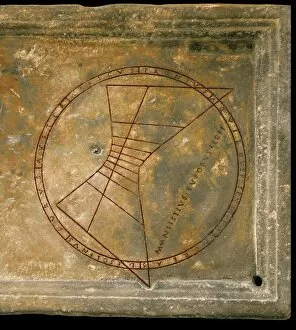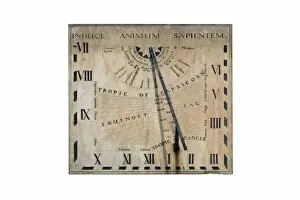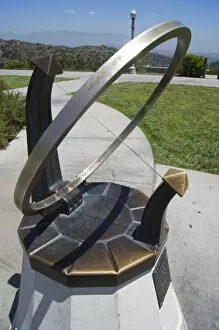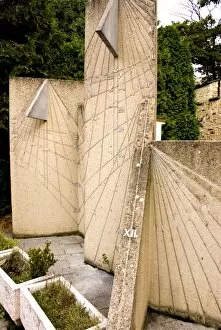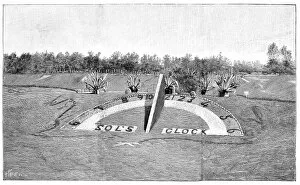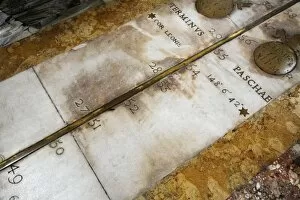Gnomon Collection
"Gnomon: Unveiling the Ancient Art of Timekeeping" Step into the world of timekeeping through the fascinating history of gnomons
For sale as Licensed Images
Choose your image, Select your licence and Download the media
"Gnomon: Unveiling the Ancient Art of Timekeeping" Step into the world of timekeeping through the fascinating history of gnomons. From ancient civilizations to modern-day marvels, these captivating devices have stood as silent witnesses to the passage of time. In "The Sundial (oil on brown paper), " we are transported back to 1941, where an artist captures the essence of a sundial with intricate details and warm hues. Tempus Fugit - time flies, reminding us that every moment is precious. At Saint Sulpice Church in Saint-Germain-des-Pres, a gnomon line and obelisk stand tall, marking not only hours but also signaling Easter's arrival. A testament to human ingenuity blending with religious traditions. Traveling further back in time, we find ourselves in Ancient Egypt. An illustration depicts a man and boy standing beside an early sundial using a stick known as a gnomon. This simple yet effective tool allowed them to track time amidst the grandeur of their civilization. Witnessing monumental feats becomes possible when observing scenes like "Transporting the Montecitorio Obelisk. " The sheer size and weight demonstrate how dedicated individuals moved these structures while incorporating solar gnomons for accurate measurements. Egyptian civilization showcases its mastery once again with a solar gnomon and sundial combination—an ingenious way to harness sunlight for practical purposes while simultaneously measuring time's passing moments. Delving deeper into mathematical precision, "Geometrical Constructions and Principles C017 / 3515" reveals how geometry played an essential role in creating precise sundials that could withstand centuries' test. A horizontal sundial adorned with a wind rose takes us on another journey through time—its elegant design combining functionality with aesthetic appeal—a true marriage between science and artistry.

